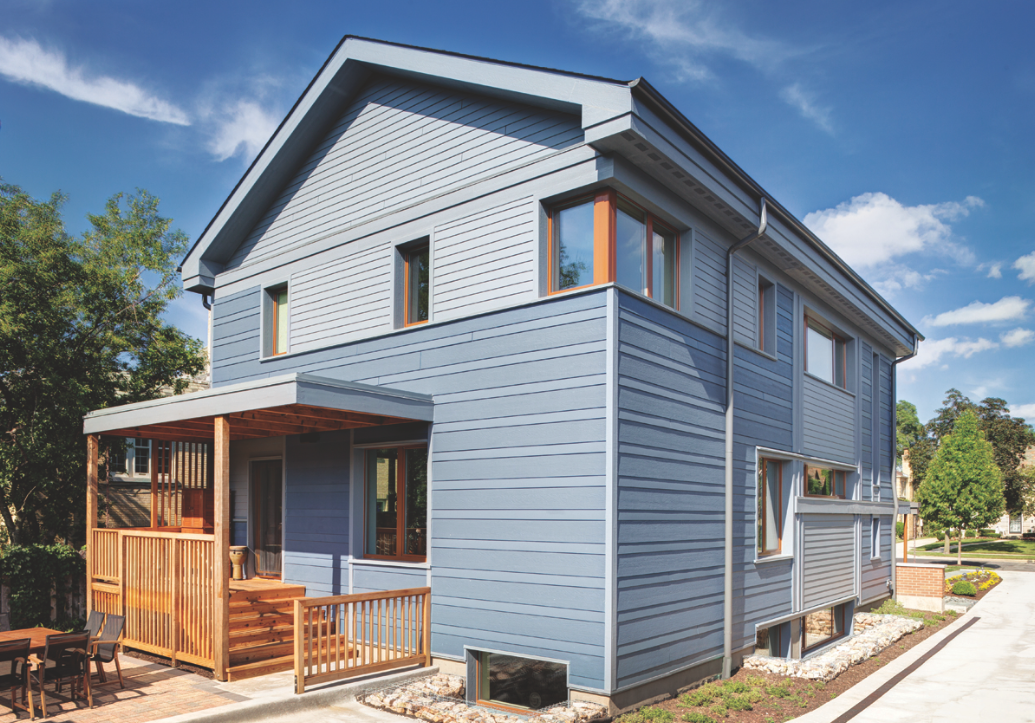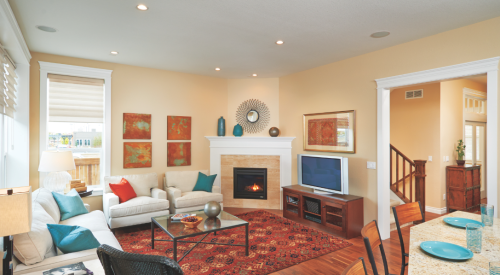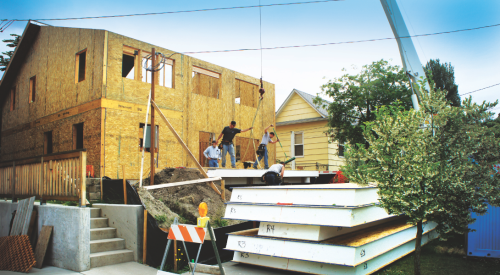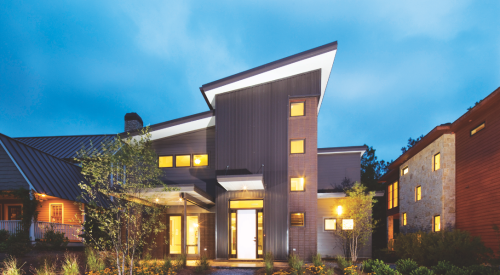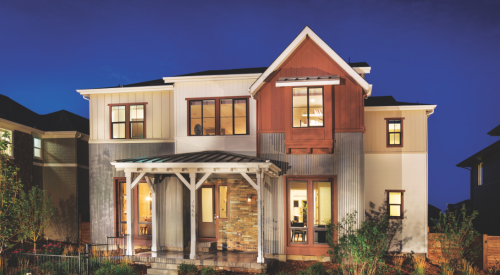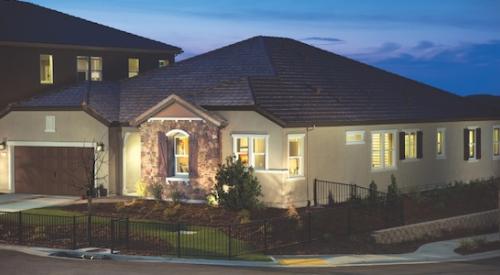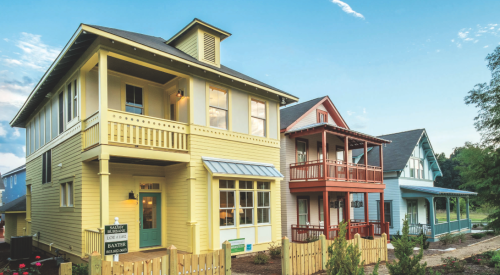The Zero Energy Ready Home program of the U.S. Department of Energy (DOE) works with a wide range of builders, but all share one important trait: They are willing to go the extra mile to improve the performance of their product and exceed homebuyer expectations. The three projects featured in this article were built in climate zones 4 (marine) and 5A (cool-humid) and have each won a DOE Housing Innovation Award for leading a major housing industry transformation to zero-energy ready homes.
Another common theme is all the projects were constructed using a systems-building approach that leverages innovative construction methods to deliver a zero-energy ready home. To maximize energy efficiency and improve home performance, these homes used unique construction methods such as structurally insulated panels (SIPs) wall and roof systems, exterior fluid-applied air barriers, and insulated concrete forms (ICFs).
Weiss Building & Development, LLC
River Forest, Ill.
The Chicagoland home meets the Passive House Institute’s strict criteria for air tightness and insulation. Weiss Building & Development employed several types of insulation and flashing in the 19-inch-thick walls and roof to provide redundant layers of protection against the elements.
Weiss Building & Development’s project in climate zone 5A, Chicagoland’s first certified Passive House, features 5 bedrooms and 4.5 baths. It was completed in January 2013 and has 4,763 square feet of conditioned space.
Project Home Performance Data:
• HERS Index without solar PV: 27
• HERS Index with solar PV: N/A
• Projected annual energy cost savings (compared with a similar house built to the 2009 IECC) without solar: $3,000
• Projected annual utility costs without solar: $1,200
• Builder costs over to-code construction: approximately 4 percent
• Annual energy savings: 30,390 kWh
Clifton View Homes
Coupeville, Wash.
A ground-source heat pump heats water for the radiant floor heating loops in the first- and second-floor slabs. The heat pump also heats all of the home’s domestic hot water.
Clifton View Homes’ Isler Residence project, in climate zone 4, includes 3 bedrooms and 3.5 baths. It was completed in July 2011 and has 2,908 square feet of conditioned space.
Project Home Performance Data:
• HERS Index without solar PV: 34
• HERS Index with solar PV: -6 (designed in, not yet installed)
• Projected annual utility costs: without solar $1,156, with solar $171
• Projected total annual energy cost savings (compared with a home built to the 2006 IECC): without solar: $1,532; with solar: $2,850
• Annual PV production revenue: $1,884
• Annual energy savings: without solar 15,435 kWh; with solar 26,429 kWh
Dwell Development
Seattle
Induction cooktops heat up only when pots are placed on them. Triple-pane windows, an Energy Star-rated dishwasher, clothes washer, and refrigerator, a condensing dryer, and 100-percent CFL lighting are among other energy-saving devices inside the home.
Dwell Development’s passive house at Columbia Station, in climate zone 4, includes 3 bedrooms and 2.5 baths. It was completed in May 2013 and has 2,000 square feet of conditioned space.
Project Home Performance Data:
• HERS Index without solar PV: 45
• HERS Index with solar PV: N/A
• Projected annual utility costs (without solar): $483
The builders highlighted above are only a few of the top-performing builders in the nation. Builders committed to achieving the highest performance levels of the DOE Zero Energy Ready Home program have been able to distinguish themselves from their competitors, reducing risk and callbacks and increasing profit margins.
Learn more about DOE Zero Energy Ready Home program qualifications at: http://energy.gov/eere/buildings/zero-energy-ready-home. Profiles of past winners are available on the DOE Housing Innovation Awards website at http://energy.gov/eere/buildings/housing-innovation-awards. PB
As Chief Architect for the DOE’s Building Technologies Program, Sam’s primary role is to help deploy energy-efficiency research for new and existing homes, such as the Building America Solution Center (BASC), a new resource that makes the latest innovations and best practices accessible to residential new-construction stakeholders.



